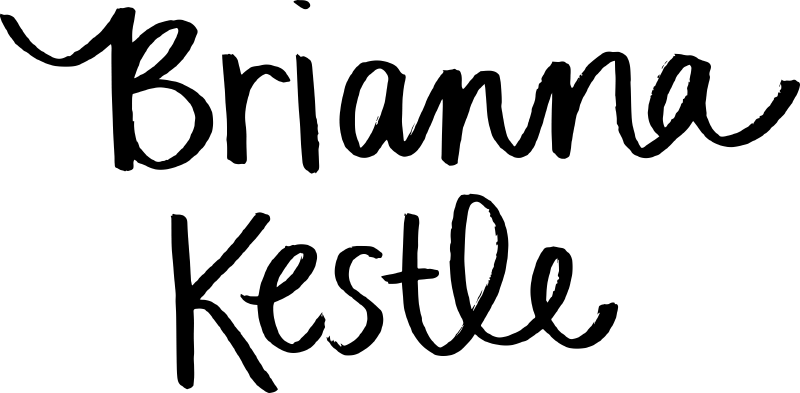The Building Blocks of Art Therapy
If you’re like a lot of people, you might have heard the term “art therapy” before. Maybe you’ve thought, “My kid loves being creative, they would be super into that.” Incorporating the creative process and therapy sounds kind of like magic - and it kind of is.
But it’s also complex. In traditional “talk” therapy, the therapist joins the client in using words to express thoughts and feelings, and might help to frame things differently or offer a different perspective on a situation. For kids, therapy happens through art and play, rather than just talking. And the role of the art therapist is very similar - they join in the child’s creative process, maybe as a collaborator, a cheerleader, a curious observer or a witness. They make connections for the child whenever possible about how the creative process can be a reflection of the experiences we have out in the world.
But what does that look like, exactly? In this post, I’m breaking the term “art therapy” down into its essential “building blocks”: art, therapy, and how they work together.
Art
The first component of art therapy is art. Art can mean a lot of different things, so I want to break it down a little further:
Materials
In art therapy, a child can choose the materials that they are comfortable with. It might be drawing with markers or pastels, painting with watercolours or acrylics, sculpting with clay or plasticine, building with cardboard, weaving or sewing with textiles, or creating a collage from magazine images or cut paper. This is a place where the child can take the lead, and the therapist can take cues from the child on what materials they are interested in, and what their sensory needs are.
Creative Process
The creative process is what happens when we’re playing or working with art materials. These processes are a natural way of communicating for children, and allow them to show rather than tell how they are feeling (since the part of the brain that is responsible for logically talking about experiences is typically not yet developed in children) (Dan Siegel, 2011). Art also allows kids to externalize some of their feelings or challenges – literally getting them out of their head and onto the page – which helps them not to over-identify with the things they are struggling with. Instead, they can focus on their strengths, and building coping skills and resiliency. Through the creative process, kids can surprise themselves with what they can accomplish!
Art Product
I always emphasize the importance of the process over the product. However, the finished product that a child creates can help the therapist to reflect and make observations about something in the creative process that was successful or challenging, or ask the child a question about a part of their artwork. The art piece itself can also be a tangible reminder of internalized skills learned in therapy that the child can take home with them.
Therapy
The “therapy” part of art therapy is where the therapist’s training and the therapeutic relationship come in. Training is what informs the therapist’s approach, and the therapeutic relationship is the relationship that is co-created by the client and therapist.
Training
Art therapy is an experiential and client-centred form of therapy. Art therapists are specially trained to combine the creative process and psychotherapy in their work with clients. This requires an undergraduate degree, as well as Masters-level graduate training. Licensing varies between provinces, but in Ontario, art therapists who have completed their training are eligible to become Registered Psychotherapists with the College of Registered Psychotherapists of Ontario (CRPO), and Registered Canadian Art Therapists with the Canadian Art Therapy Association (CATA). If you’re interested in learning more about what some of these titles mean, my colleague Rubi Garyfalakis at Resourceful Me Art Therapy has a great blog post where she breaks down the different credentials you might see as you’re looking for a therapist. This is also a great question to ask a therapist if you’re meeting them for the first time.
Therapeutic Relationship
Finding a therapist that you and your child click with is so important. In fact, it’s the number one predictor of success in therapy. When a child is the client in therapy, they are part of a larger family structure, and the therapist is there to help not only the child, but to support the parents in helping create change. When you find a therapist who is the right fit for your family, the connection you and your child experience will be the foundation for the therapeutic relationship.
When Art + Therapy Come Together
So, what does it look like when these two elements come together?
This is where training and the therapeutic relationship overlap with creativity and art. The therapist can observe and name the feelings, obstacles, conflicts, strengths and resilient moments that come up during art and play from a nonjudgmental perspective. The child’s experience of the creative process, combined with helping to put words to the child’s experience, helps to integrate the left brain (which is logical, linguistic and linear) and the right brain (which is nonverbal, intuitive and emotional).
Bringing all of this together CAN feel like magic. My favourite thing about the art therapy process is that it gives kids permission to be who they are. There are no rules about the right way to create art, and all ways of being, feeling and expressing are invited.
It’s also worth noting that while I’ve mainly talked about how art therapy works with children, it isn’t just for kids. Art therapy can help support wellbeing for kids as well as adults of any age.
If you think art therapy might be a good fit for your kiddo, let’s connect!





